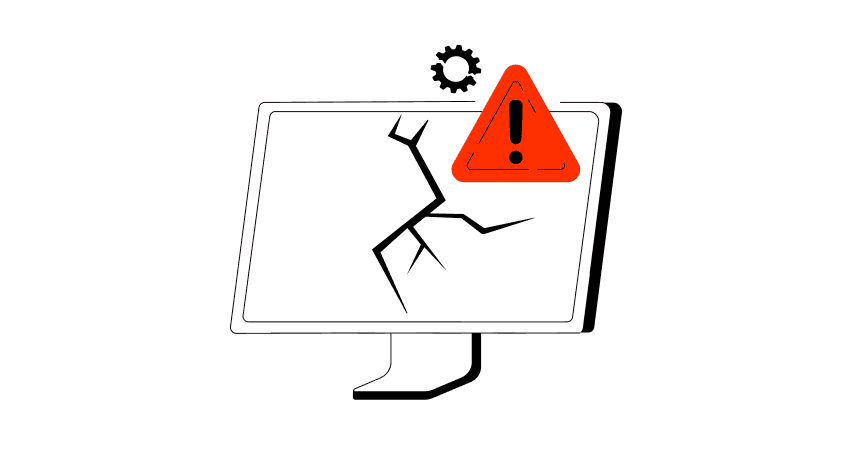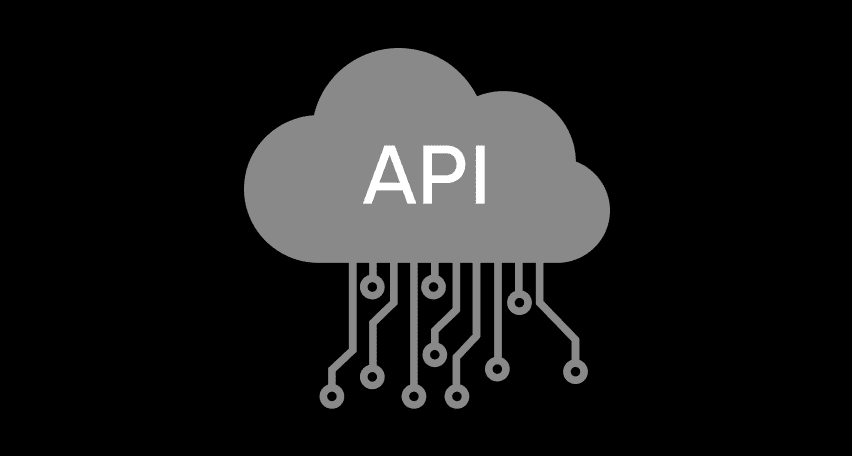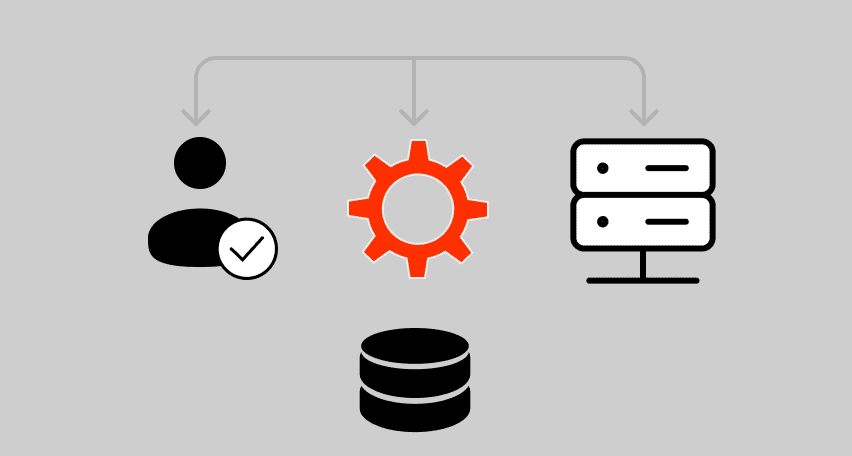Why Load Testing Is Essential for Ecommerce Businesses
The success of 26 million online retailers depends on the page load time. It significantly impacts the profitability of online services and sales, as customers don’t want to wait over three seconds to make a purchase. To ensure the desired speed, load testing is widely applied.
Common Ecommerce Problems That Can Be Solved with Load Testing
Extended Loading Time
Extended loading time impacts customer engagement, retention, and conversion rates. If a page of a platform takes more than three seconds to load, visitors get irritated and gradually lose interest in the purchase. The typical result is – a high bounce rate.
A one-second delay in page load decreases conversion rates by 7%, brings down average page views by 11%, lowers customer satisfaction by 16%, and raises a bounce rate to 90%. Load testing helps mitigate such risks in advance.
However, it is never too late to enhance the loading time.
High Users Load in Peak Seasons
During periods like Christmas, Black Friday, sales, product drop in e-commerce, websites often crash due to the influx of users. They become unresponsive to visitors trying to make purchases. Unwilling to wait, people go to other platforms, and 72% of retailers lose money. To prevent such consequences, companies get prepared for peak loads.
To improve the platform, PFLB helped Birkenstock with a detailed list of site optimization recommendations. The company implemented them, and then the PFLB team rechecked the software: the core issues turned out to be minimized, and the average response time decreased to 3 seconds and less, and the number of concurrent visitors increased from 300 to 700.
Mergers of Companies
Companies merge every day. In 2023 alone, nearly 410,000 merger and acquisition deals were detected worldwide. Meanwhile, 50% to 90% of such activities fail, with companies, especially the medium ones, unable to achieve the expected value. System-related issues are among the main causes because businesses don’t always prepare appropriately for, for instance, doubling the number of users. However, a load test of internal systems can help.
Implementations Rollout
Let’s imagine an extensive store network where software is gradually rolled out across 500 stores. Without load testing and the consequent optimization of the core system, this network can operate with glitches or slowdowns. For a business, it means a damaged reputation.
New Software Releases
New software releases can either boost one’s sales or adversely affect users. For instance, in 2022, Primark crashed after the release of the click-and-collect option. Hopefully, the company managed to solve the issue the same day, but the ones that can’t replicate and run stress tests tend to face noticeable losses.
Ecommerce Businesses That Need Load Testing
Ecommerce businesses vary in target audience, format, load, and size. Larger entities prioritize effective and frequent load testing, utilizing automation and bespoke solutions like PFLB.
Smaller clients often lack funds for load testing. When the website crashes, some manage the consequences, while others migrate to cloud services or assume that the cost of an error will not be high.
Ignoring the problem is a poor decision, which may lead to serious long-term outcomes for the business. Clients leave, and their loyalty decreases, costs grow, and damage to the brand reputation is caused. Hence, for ecommerce business, it’s better to seek assistance from outsourcing pros like PFLB in load testing.
Conclusion
More and more users prefer online shopping, causing peak load hours, days, and even weeks to the ecommerce websites and apps.
To prepare for peak load times, companies should optimize their software and ensure it stands the expected loads. The first step is implementing comprehensive load testing using reliable performance testing tools that can accurately simulate real-world traffic conditions and identify potential bottlenecks before they impact customers.
It helps to find and fix problems like slow-loading pages and prevent website crashes. When timely conducted, load testing enables businesses to operate smoothly at peak hours without any losses and increase the number of loyal customers.
Related insights in blog articles
11 API Failure Causes and How To Solve Them

When an API fails, the consequences ripple quickly through the entire system. Transactions stall, integrations break, and frustrated users flood your support channels. Understanding exactly why API failures happen — and how to fix them — is essential for developers and businesses alike. This article examines the most common reasons behind API failures, explores the […]
API Mocking: A Complete Guide

Waiting for APIs to become available or stable can slow down entire projects. API mocking provides a smart way to avoid these roadblocks by simulating real API responses, keeping your teams productive and ensuring smoother integration down the line. In this guide, you’ll discover exactly what API mocking involves, how it differs from using real […]
API Endpoint: A Complete Guide

Modern applications rely heavily on APIs (Application Programming Interfaces) to communicate and exchange data across different systems. At the heart of this interaction lies the API endpoint — a fundamental concept that defines where and how data exchanges happen. This guide explains clearly what an API endpoint is, outlines its importance, and provides practical insights […]
gRPC vs. REST: Detailed Comparison

Choosing between gRPC and REST can feel confusing, especially if you’re trying to figure out the best way for your applications to communicate. This article breaks down the grpc vs rest comparison clearly, without jargon or confusion. You’ll learn exactly what each protocol is, the advantages and disadvantages of each, and understand why gRPC is […]
Be the first one to know
We’ll send you a monthly e-mail with all the useful insights that we will have found and analyzed
People love to read
Explore the most popular articles we’ve written so far
- Top 10 Online Load Testing Tools for 2025 May 19, 2025
- Cloud-based Testing: Key Benefits, Features & Types Dec 5, 2024
- Benefits of Performance Testing for Businesses Sep 4, 2024
- Android vs iOS App Performance Testing: What’s the Difference? Dec 9, 2022
- How to Save Money on Performance Testing? Dec 5, 2022
